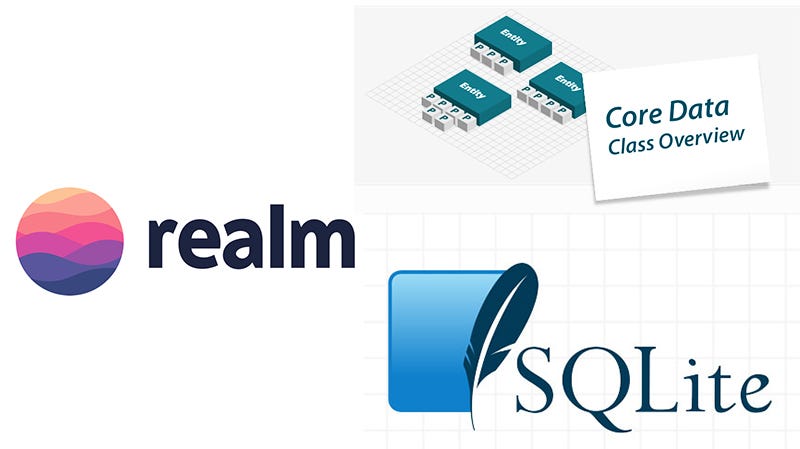iOS application development firms pay attention to several factors in order to build a successful mobile app. If we go to enlist the important ones, UI / UX design, robust code and fast responding database are majorly responsible for developing a fully functioning mobile app.
Craze for iOS Apps among People
Number of options available for designs as well as choices in database has increased over time. This is because of the growing popularity and craze of iOS apps in the market. Utility apps along with entertainment and gaming ones always have a room in iPhones.
iOS app development field is growing by leaps and bounds. Considering the increased use of iOS apps by iPhone users, developers are constantly striving to come up with more robust apps for the convenience of users.
Does the Performance of Mobile App Depend on Database?
One factor that determines the performance of mobile apps is its responsiveness to search queries. The faster it responses, better is the performance. Successful search results depend on the efficiency of database that is used for storing data of the app.
SQLite and Core Data have been common choices for iOS database until the release of Realm. This new player has advanced features that provide greater flexibility to developers in the creation of world class iOS applications.
Let’s take a deeper look into all 3 databases, which would by default make it clear as to which database offer greater convenience and improved performance:
- SQLite
This open source database has been widely used by developers for creating mobile applications for Mac OS-X, iOS, Android, Linux, and Windows platforms. The simplicity of use and user-friendly interface of SQLite is what attracts maximum developers to this database.
Why Should you Choose SQLite?
Following pointers explains the reasons to choose SQLite as your database partner:
- No hassle of configuration
- No server restrictions (independent from server)
- Easy storage of data in tables with multiple columns
- Easy and secured access to data from multiple threads
2. Core Data
This is another majorly used database storage used for iOS applications. While SQLite focuses majorly on traditional table storage contents, Core Data stores contents of an object in a detailed manner. Thus the choice of database when made on the basis of storage content is more logical.
Significant Features of Core Data:
Core Data has faster responsiveness and thus performs better than SQLite
Space utilization is greater in Core Data when compared to SQLite
Core Data uses more memory for storage of contents than SQLite
3. Realm
This is a relatively new database that is, off recently, being increasingly used by iOS developers considering the benefits it offers. There is no doubt to the fact that Realm is faster and more efficient than SQLite and Core Data.
Being cross platform mobile database, Realm is available for both iOS as well as Android. One noteworthy fact is that Realm is compatible only with versions iOS 8 or OS X 10.9, not below it.
Advantages with Realm:
- Minimal code is required to handle all the work
- Available in Object C as well as Swift
- Faster performance than SQLite and Core Data
- Easy sharing of database files between iOS and Android
- No cost, free of charge
- No limit to data storing
- Consistent speed and performance irrespective of large data sets and enormous storage
Realm: The Most Preferred Choice of Developers
Pros and cons discussed above makes it clear why Realm is the most preferred choice of database for iOS developers. There are several other benefits of using Realm database from technical point of view, which can be best experienced by using it at first hand on your own.

Comments
Post a Comment